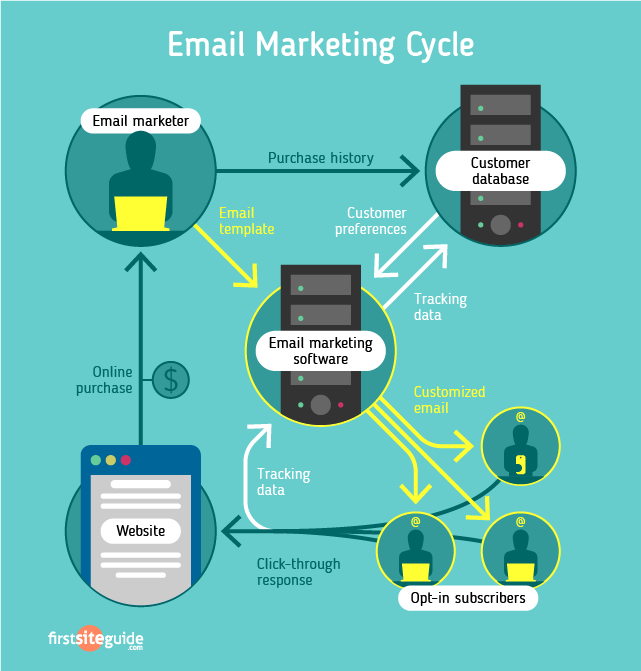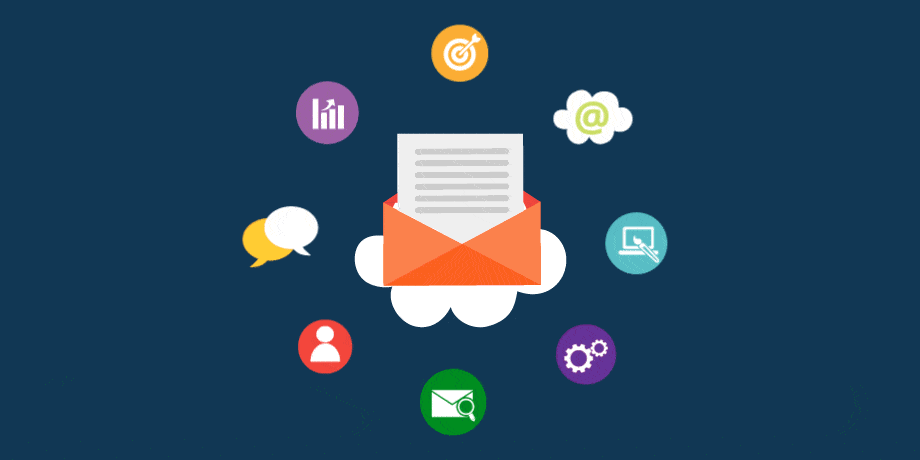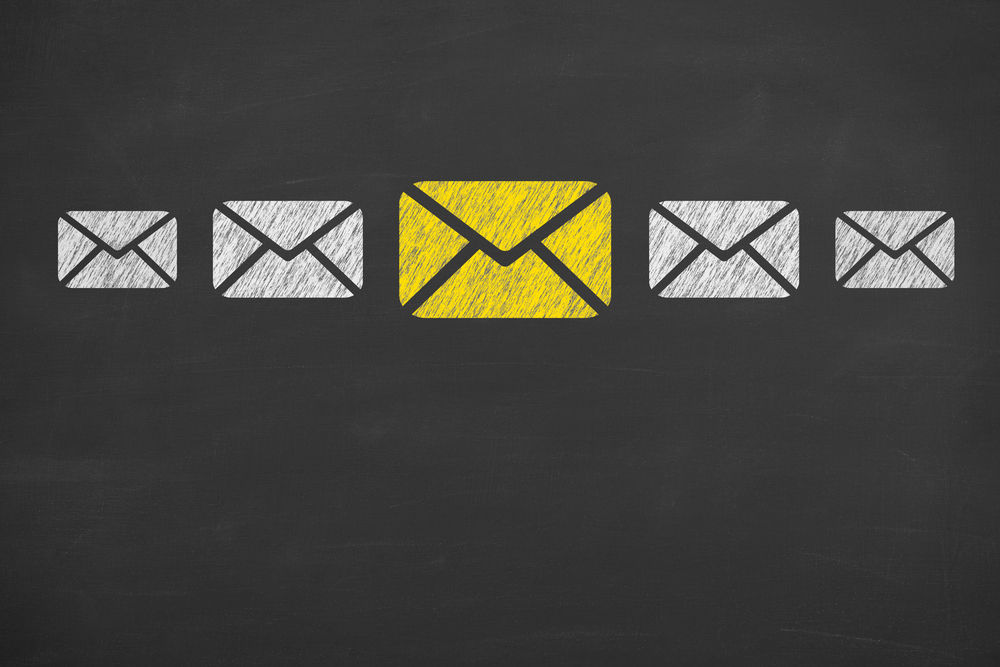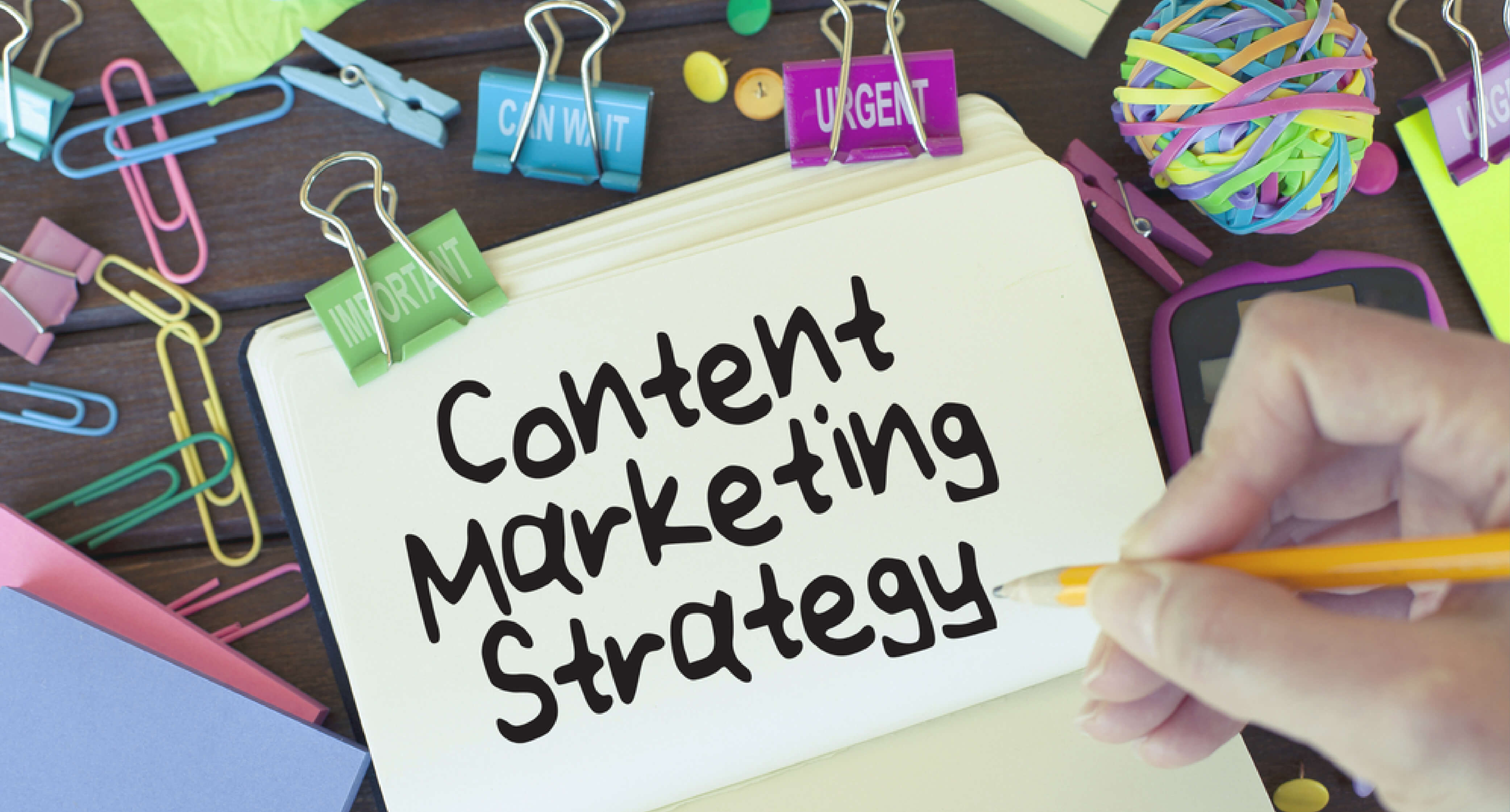B2B Email Marketing Strategy: Steps to Follow
Posted: March 31, 2019 | Author: Seagull Advertising

A smart B2B marketer will inevitably rely on email marketing for building awareness, consideration, and generation of cost-effective inquiries and leads. Email marketing is one of the most effective marketing strategies for a B2B business or any business for that matter.
According to surveys conducted by specialists, email marketing is the second most effective tool for generating leads & gaining customers. The only catch is that you need to plan out a few things. The strategising procedure isn’t complex at all. You just have to sit down and frame it all up.
Before we begin, here are some interesting stats related to email marketing: (source - HubSpot Marketing Statistics)
- 54% of marketers say increasing engagement rate is their top email marketing priority. (Ascend2, 2016)
- Three-quarters of companies agree that email offers "excellent" to "good" ROI. (Econsultancy, 2016)
- About 49% of businesses use some form of email automation. (Email monday, 2018)
- 86% of professionals prefer to use email when communicating for business purposes. (HubSpot, 2017)
(source - smejoinup.com)
B2B Email Marketing Strategies
Step 1: Defining the readers
The first point that you must consider is about the readers. You need to identify and differentiate the people who will be reading your emails. The recipients can be the end customers or even the purchase influencers. You may also have different and multiple reader groups for who you want to develop various email campaigns. The term we use for the same is 'buyer persona'.
Step 2: Ascertaining the purpose
You should always keep in mind that a reader has no interest in your company or the products you make. You need to contemplate the information that the audience wants to get from you. You have to consolidate, segregate, and deliver all the useful information that the audience wants. You further need to specify your goals when developing a b2b email marketing strategy.
Step 3: Outlining the goals
If you can measure something, then you can improve it as well. As mentioned in the previous point, you have to spend some time thinking about the ultimate purpose of your b2b email marketing strategy. It can be for increasing the number of subscribers, encouraging content offer downloads via a landing page, or generation of inquiries and product demos. Setting a clear goal for the campaign is vital.
Step 4: Frequency regulation
There is a frequency up to which your emails and your content will make any sense to your audience. If you go excess with it, then you’re simply wasting your time. One email per week will be enough for most B2B marketers. Then again, if you’re being way too careful and avoid sending emails for long periods, then a reader may forget that they subscribed to your content.
Step 5: Creating timelines
The creation of an annual schedule with particular deadlines is a great b2b email marketing strategy. Each of your emails should also contain particularly proposed topics. Set aside some time to write timelines for the creation of each email newsletter. Setting up deadlines will allow you to complete and finish your email campaigns on time.

Related Read - 11 successful email marketing strategies
A few more email marketing tips
Now that you know how to initiate email marketing, it is time to introduce you to a few tips that will help you in your venture.
Be a show-off
Yes, you can’t show off your specialties everywhere, but in email marketing, you should approach it as content marketing. It is an opportunity for you to show off your knowledge about the niche. Always remember that whoever subscribes to your email list isn’t at the bottom of the sales funnel. Therefore, it is essential to tell about your expertise before you sell.
Cross-selling the services
Most businesses offer more than just one service or product. If you too are one, then use B2B email marketing to cross-sell the services. You can begin by segmenting your email list in groups of people who subscribe to a particular service. Create a separate file of each service that you provide. After that, promote your other services to the subscribers on each list. It is how you push a service that people aren’t using currently and make them discover it.
Interest-based segmentation
Segmentation is also possible by creating separate lists. Consider making one that contains the names of non-customers, one that is full of the names of the best clients, and another one which will include every name that you have under your belt. Try showing off your expertise to the non-customers, cross-sell your services to everyone, and provide promotions to the best customers.
Advertising special promotions
Most marketers forget something that you shouldn’t. A client will subscribe to your email list because that individual wants to know about promotions and discounts. So, notify your customers whenever you have something on sale. It is an excellent email marketing strategy to use your list of non-customers to promote a discounted offer.
Recognise the moment
For B2B email marketing, the ‘when’ is much more essential than the ‘what.’ To put it simply, the moment you send your email matters more than the contents of the same. Therefore, you need to be precise about choosing the time to forward the emails. It all depends on your business because, for some, sending the emails on the first day of the week is beneficial while for others, the right time is after business hours.
A few more stats based around email marketing: (source - HubSpot Marketing Statistics)
- Marketers who send emails on Tuesdays get the highest open rates. (Wordstream, 2017)
- 56% of brands using an emoji in their email subject line had a higher open rate than those that did not. (Forbes, 2017)
- 83% of companies use at least basic segmentation for their emails. (Econsultancy, 2016)
- 35% of business professionals check email on a mobile device. (Convince & Convert, 2018)
Finally...
If you still believe that B2B email marketing is bogus, then you should open up your mind and explore the web thoroughly. Look for statistics on revenue generation rates, communicability, click-through rates, and statements of marketing aficionados. Maybe all that information will gain your attention. If you don’t take email marketing seriously, then you’re missing out on a huge opportunity of growing your business.






